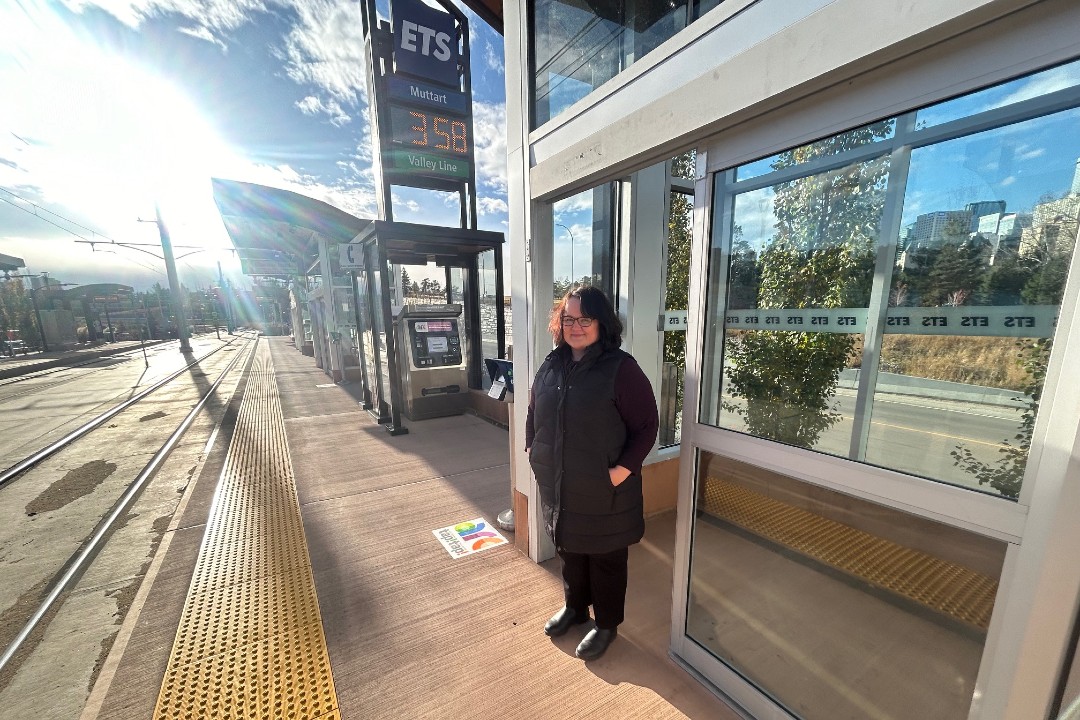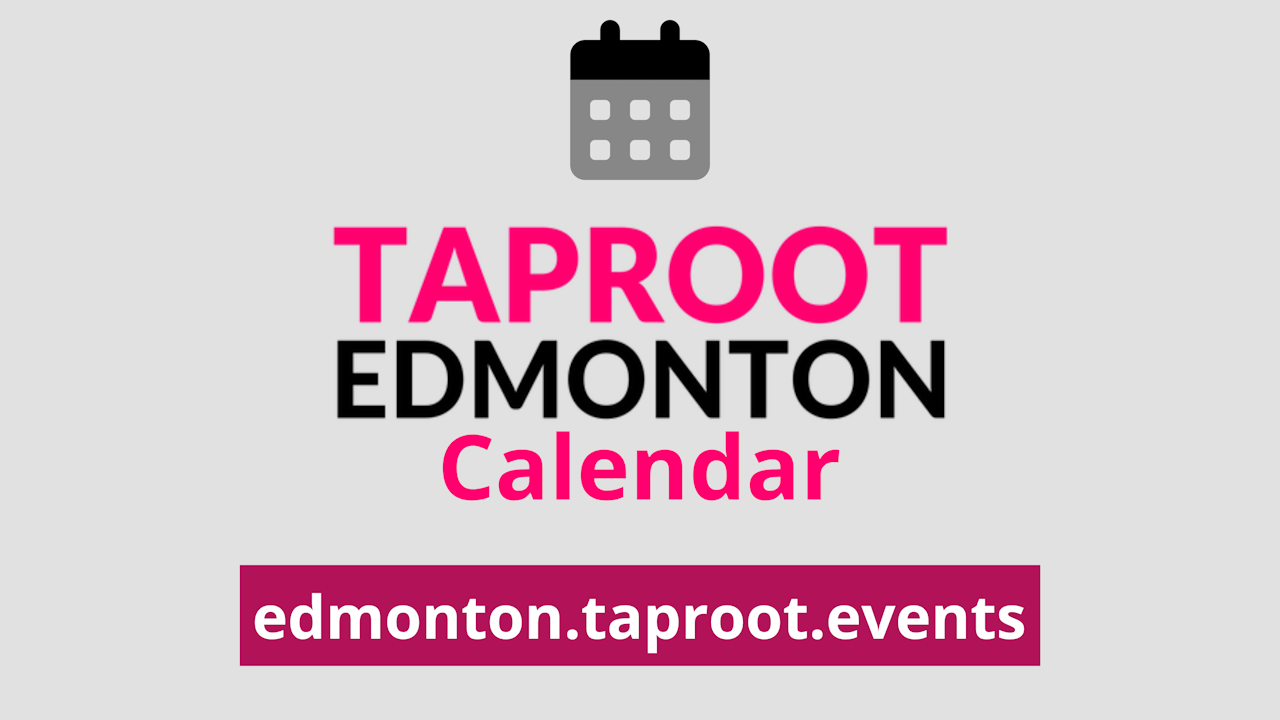
City underlines successes and challenges as the Valley Line LRT turns one
As the 13-kilometre Valley Line Southeast LRT rolls by its first year in operation, the City of Edmonton's head of transit says its reliability and ridership growth have made the year a "success story," even though shelter doors were removed from stations and numerous cars and trains have collided along the way.
The Valley Line Southeast cost Edmonton, along with the provincial and federal governments, $1.8 billion to create. It was built with TransEd using a public-private partnership (colloquially referred to as a P3). The 11 stop line, first conceived in 2008, opened four years behind schedule on Nov. 4, 2023. A second phase, known as the Valley Line West, is being built using a P3 with Marigold Infrastructure Partners. The second quarter of 2024 report suggests the $2.6 billion project, which adds an additional 14-kilometres of track and 14 stops to the overall Valley Line, is on budget and has completed 20% of the work. The province provides a schedule that suggests the line should be open in 2028.
Back on the already-open Valley Line Southeast, numbers gathered over its first year in operation suggest it's a success, Carrie Hotton-MacDonald, branch manager of Edmonton Transit Service, told Taproot.
"On time-performance is actually really high. (Valley Line trains) have 98.8% on-time performance," Hotton-MacDonald said, during an interview at the station's Muttart stop. "When I got the number, my immediate question was: 'Well, how does that compare to high-floor LRT service for the Capital and Metro lines?' So I checked in on that stat, and we had just over 95% (on-time performance.)"
In December, train frequency on the line was increased to five-minute intervals roughly one month after trains started accepting riders. Monthly ridership on the line has climbed by more than 100%, from 138,000 during its first month of operations in November 2023, to 279,000 in September 2024 (both numbers are approximate). For comparison, Hotton-MacDonald said ridership across the ETS system as a whole is up 12% when compared to pre-pandemic levels.
"Ridership has grown a lot month over month," she said. "It just speaks to how important this line is for the city. If you think ahead to a city of two million people, we need this type of infrastructure. We can't serve that population with just a bus-based system."
The Valley Line has a fleet of 26 low-floor trains. As of Oct. 24, 23 of the trains were in service, two were out for preventative maintenance, and one required repair due to a collision with a motor vehicle that caused a derailment.
For comparison, the Valley Line West will have 46 trains.
In an interview at the Muttart stop in late October, as packed trains whizzed by about every five minutes during rush hour, Hotton-MacDonald offered causes for celebration but also noted some challenges the line has faced, including driver (mis)behaviour, shelter doors being removed, heaters, and work continuing on sidewalks and pathways connected to the line.





